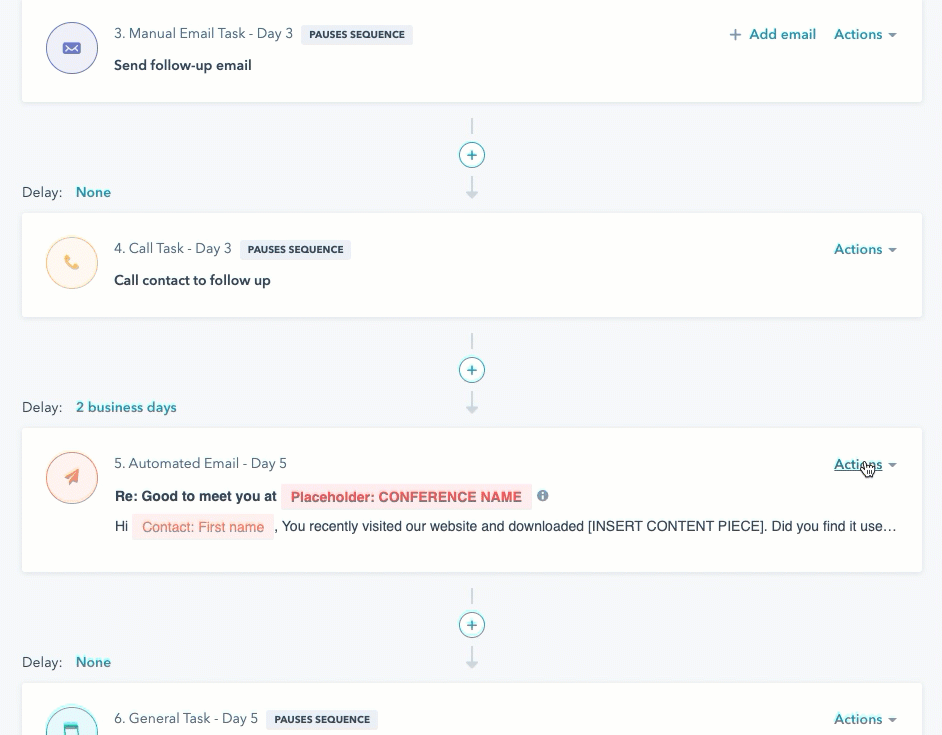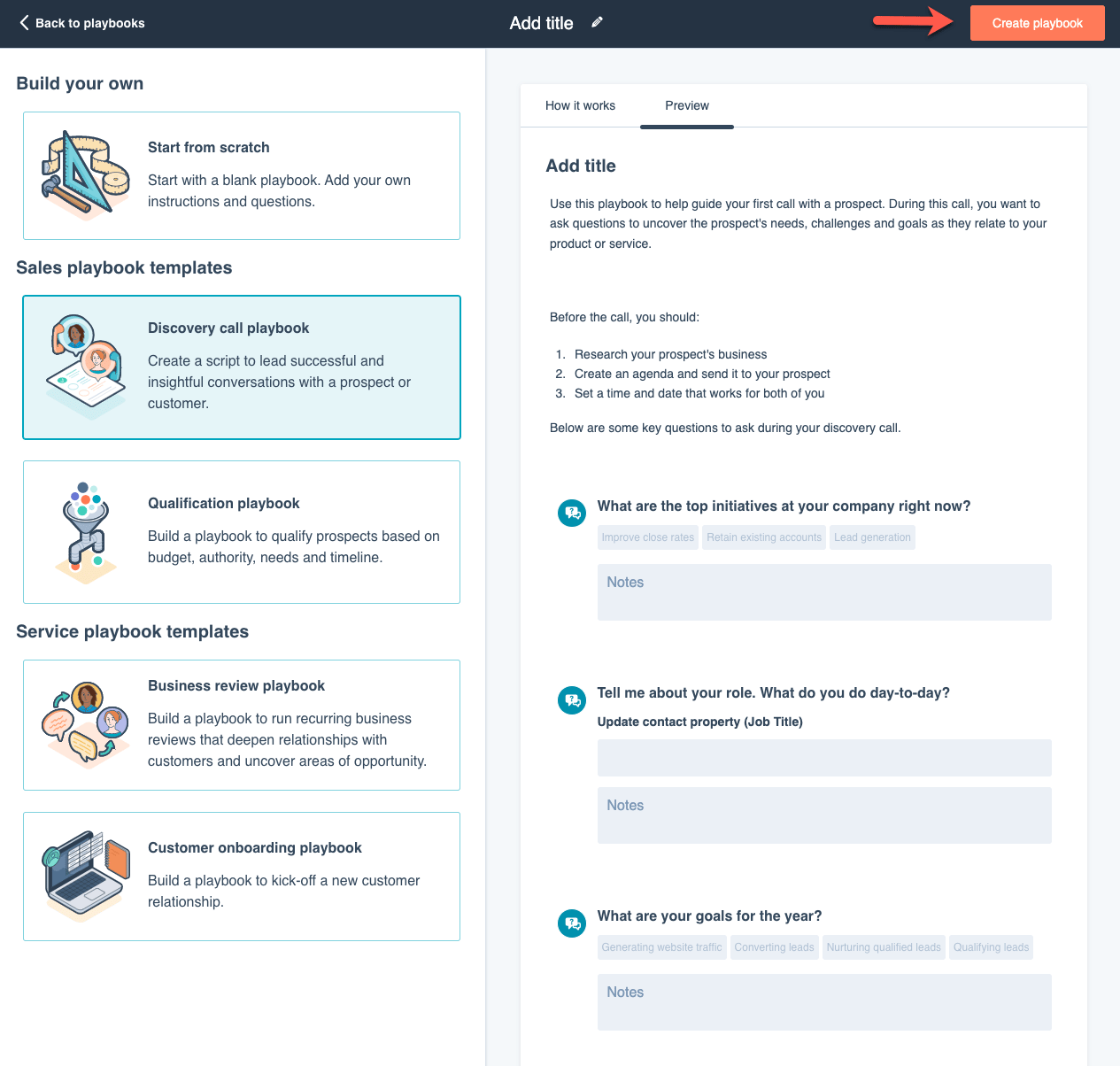Navigating Sales Cycles Made Easy with CRM
Sales are becoming more complex in the ever-evolving world: macroeconomics, the new de-influencing trends, the super-informed buyer, the overpopulated buying committee, and the use of AI to substitute the first line of clients’ inquiries are just a few external factors affecting sales today.
What can you do to empower your sales team and reach your sales goals?
The answer is more straightforward than you might expect: get the data, show the numbers, and correct the path before it’s too late. How do you do this? Using a CRM. A CRM is a type of database where you can store all your customer's and prospects' data and make meaningful connections using this data to help you improve your sales processes and sell more.
Integrate your company’s sales cycles into your CRM
Selling is intense, and salespeople are frequently under a lot of stress, working tirelessly to meet their sales targets, fueled by the pressure to hit their quotas. If you want to help, the best you can do is give them some structure and enable them, with coaching and with a decrease in administrative work.
Let’s see how your team can leverage CRM tools throughout the stages of the sales cycle, improve their performance and help them with administrative tasks:
- Prospecting: This may seem like an overwhelming task, especially when you have numbers to hit, and you feel like there are no more prospects available on planet Earth. You can help your team paddle through the rapids with many great tools just for that, like Lusha, Outreach, Apollo. You can also just google “Sales Engagement Tools”. You will find many options to help your team automate the prospecting process and save time. Most of these tools can easily connect with your CRM, so your team won’t have to duplicate contact creation.
- Connecting: If you use HubSpot CRM and Sales Hub you can enroll those new contacts in sequences. Sequences are pre-built personalized emails that will save your sales team time while connecting with prospects. You can create different sequences according to the segments of contacts you are working on reaching, ie: CEO, in a company that has between 50 and 200 employees, with XYZ type of challenges, in need of a solution just like the one your company offers, and in an industry where we have XYZ as customers.

Image: HubSpot Knowledge Base - Qualifying: How to empower your sales team to cut through the noise and understand when a lead is good enough to spend more time on it? Offer them playbooks. Using playbooks is a fantastic way for salespeople to stay on track and focused during phone calls with prospects, so while making small talk and trying to engage and get trust from the prospect, they don't forget to ask the important questions. If you use a CRM like HubSpot you can include a BANT type of questionnaire or use the questions that are important for your business. These playbooks can be added to specific stages of the pipeline and populate fields on your CRM. If the qualification process goes well, congratulations, you now have a new opportunity in your pipeline!

Image: HubSpot Knowledge Base - Presenting: You have connected and qualified, but that was just the tip of the iceberg. If your team can identify the prospect's need or the pain point, they probably have a good case to present your solution to the contact. Many companies try a cookie-cutter kind of presentation where one presentation is good for all prospects. Utilizing a standardized presentation for all prospects is an effective time-saving strategy that can work wonders for your team, if you add personalisation in key areas of the presentation, for example, your prospects' challenges, so you can make them feel valued and important, ensuring a higher chance of success. Your team can use HubSpot’s documents to understand if they open the document and how the prospect is analyzing the presentation and which page they are dedicating more time to.
- Handle objections: Objections are great, they mean that somebody is giving you the chance to challenge their thinking. If you use an “Objections” property in your CRM and you analyze the answers, you will start to see common patterns. Once you identify the most common ones, you can create playbooks for your sales team, so that they have a reply to every objection and one more chance to move the deal forward.
- Closing: The time has come, ask for the sale, make sure everyone who needs to be involved in the approval is in the loop. You can help your sales team identify the key buying roles that need to give the ok go before closing the deal, for this your team can use the target account features in Sales Hub (Pro and above). it’s either closed won or closed lost. If the result is closed lost, make sure that the team activates a workflow to reengage with closed lost contacts to understand if anything has changed since they said no.
Image: HubSpot Knowledge Base
- Get referrals and reviews: If closed won is the case, the team is happy, they got the new customer! Now, the post-sale team needs to make sure the customer has a positive experience to ensure your company gets positive referrals and reviews. There are different ways in which you can motivate your clients to leave positive reviews and refer contacts back to you. If you have a very personalized and long sales cycle, they will probably go ahead and do it out of the good relationship you (hopefully) developed in the time you shared. If the sales cycle is short you can always rely on tools that will give customers an incentive after they share the review or referral.
Other benefits of using a CRM for sales management
- Data-driven insights: Using sales data and analytics to understand if the strategy is working, make improvements on the go, simplify, and improve processes.
- Teams’ alignment and collaboration: sharing data with sales and marketing teams will improve the customer’s experience and will enable the teams to develop more complex strategies like ABM (Account-Based Marketing).
- Less administrative work: enable your sales team by reducing data entry and automating processes that don’t need to be done manually.
Sales will continue to evolve in the coming years, more than ever before, powered by technology advancements. The best way to keep your company thriving, is to adopt technologies that will help your teams work better and will also help to keep your customers happy. With so many tools offering freemium version, like for example HubSpot, there’s no valid reason to keep on managing your contacts and prospects with disconnected or inadequate tools. And the good news is, most of these technologies will scale along with your company. If you need help implementing HubSpot or would like to see it in action, you can contact us here.

